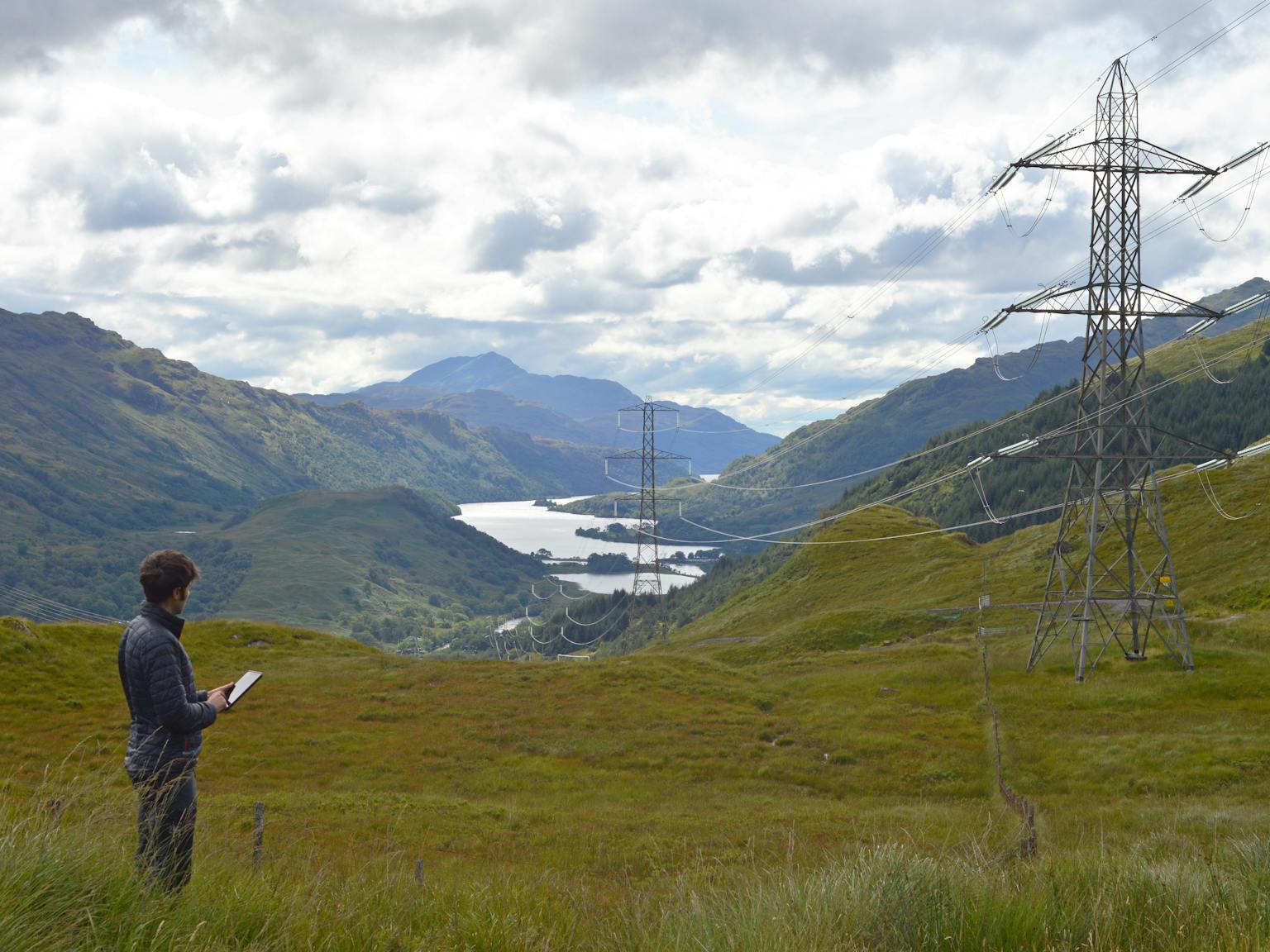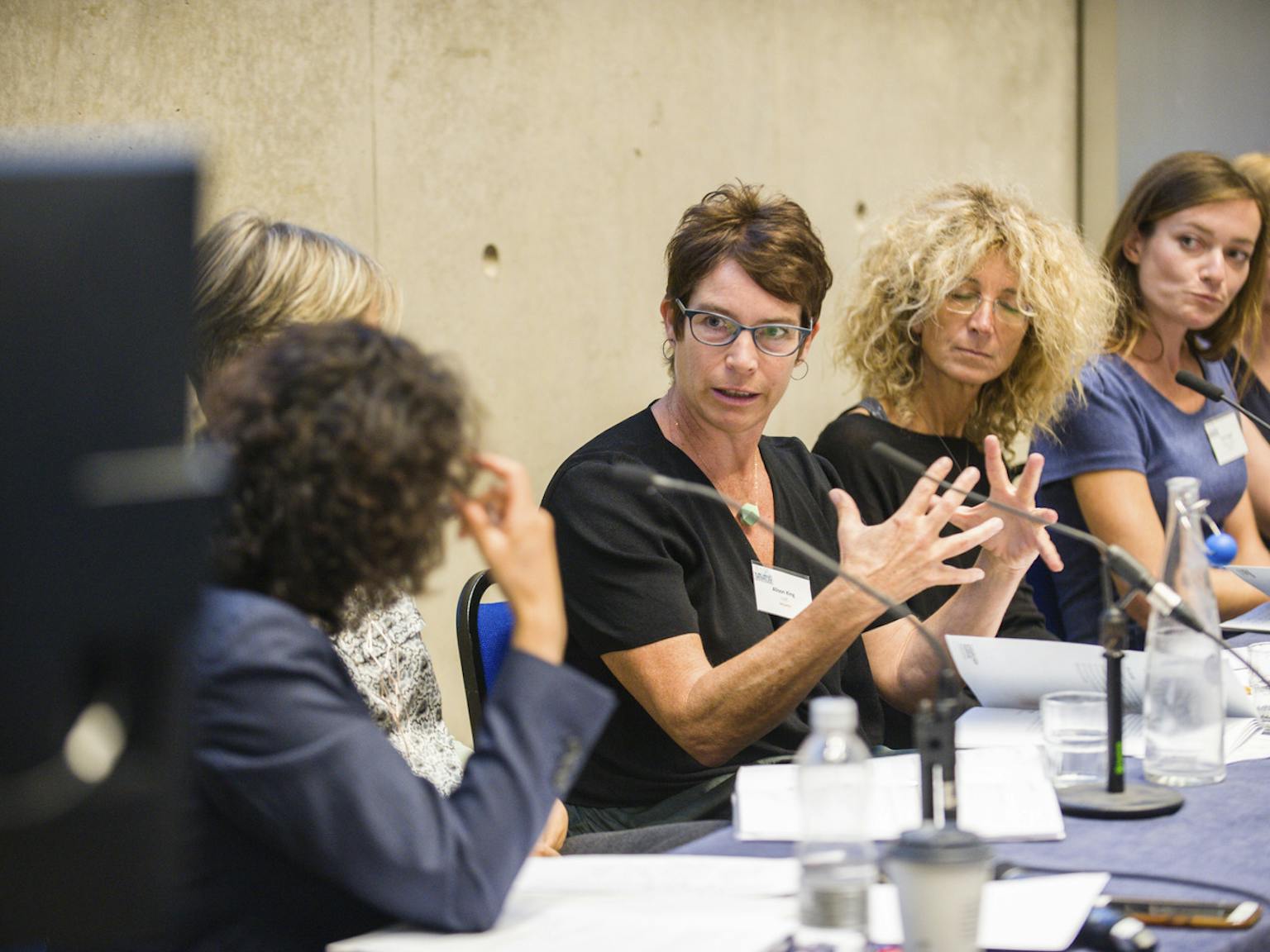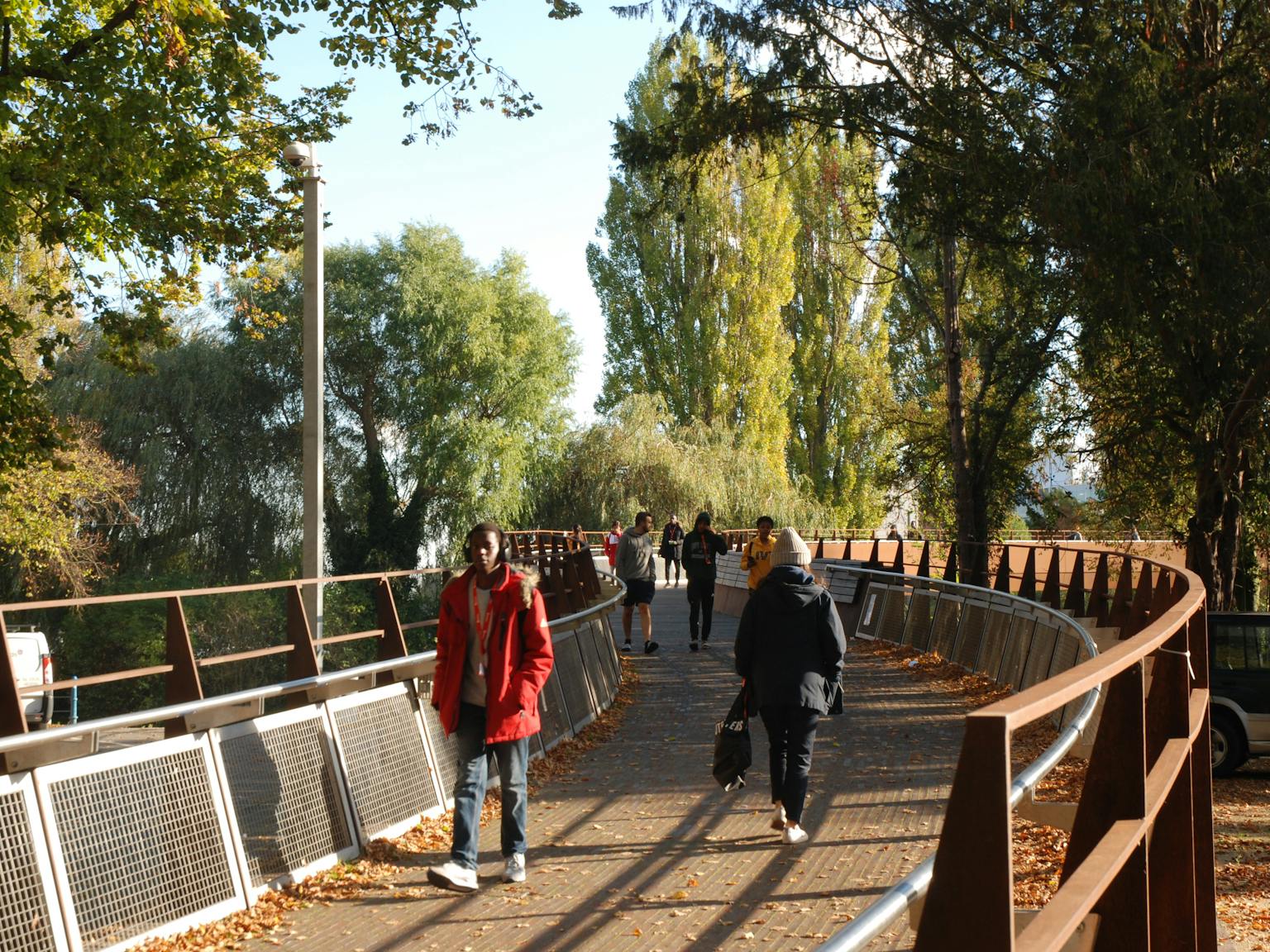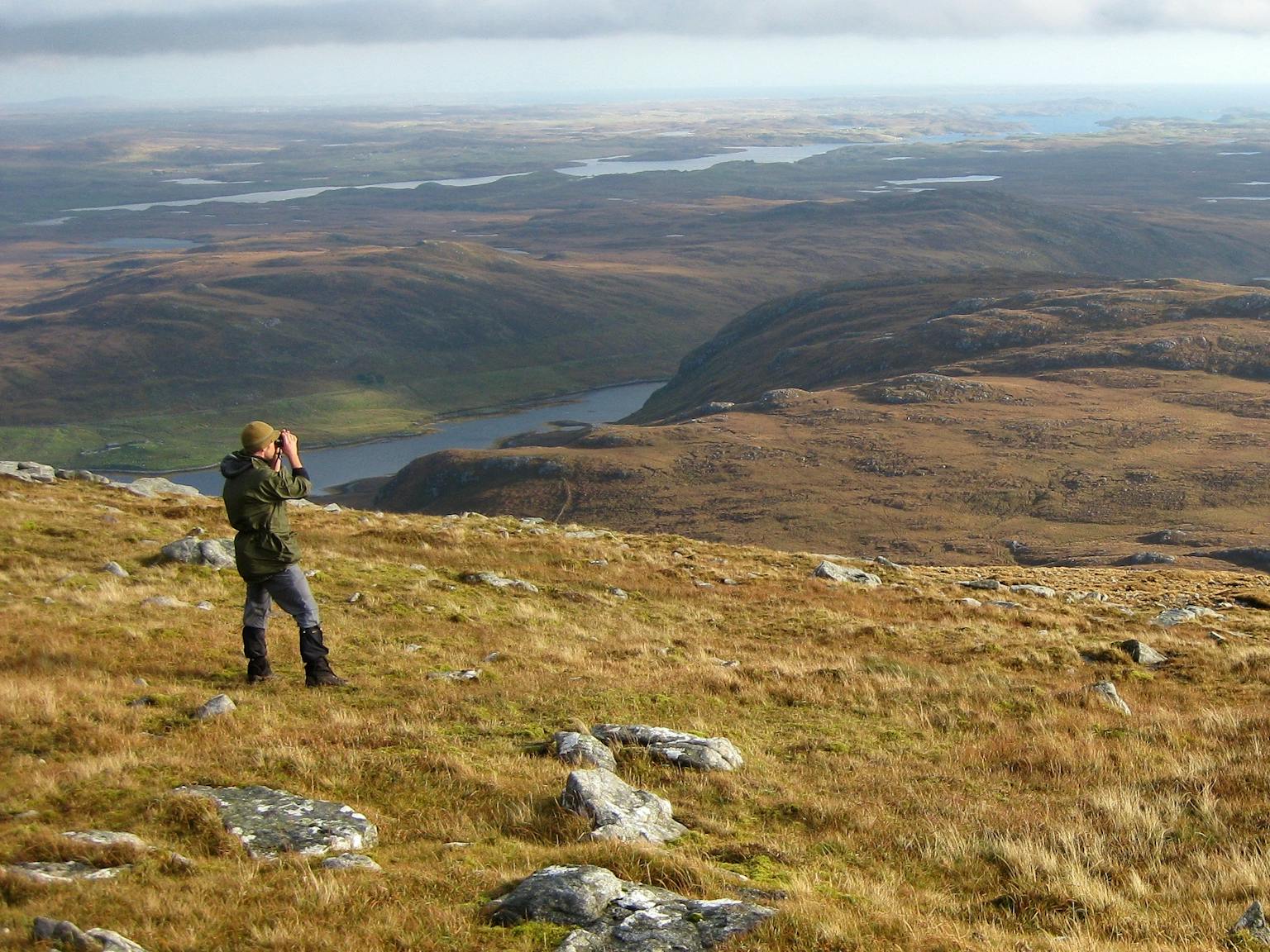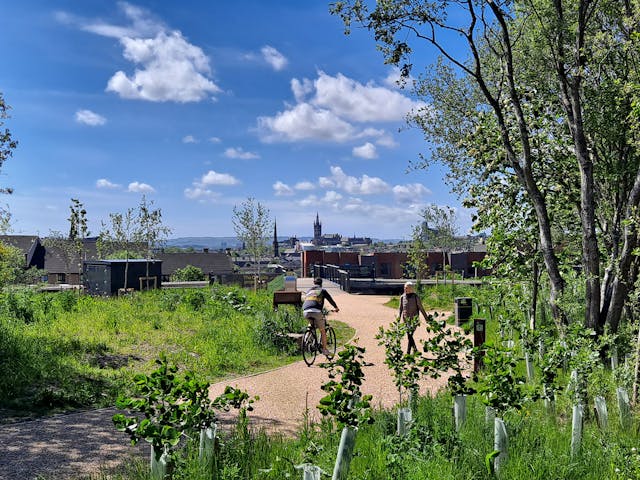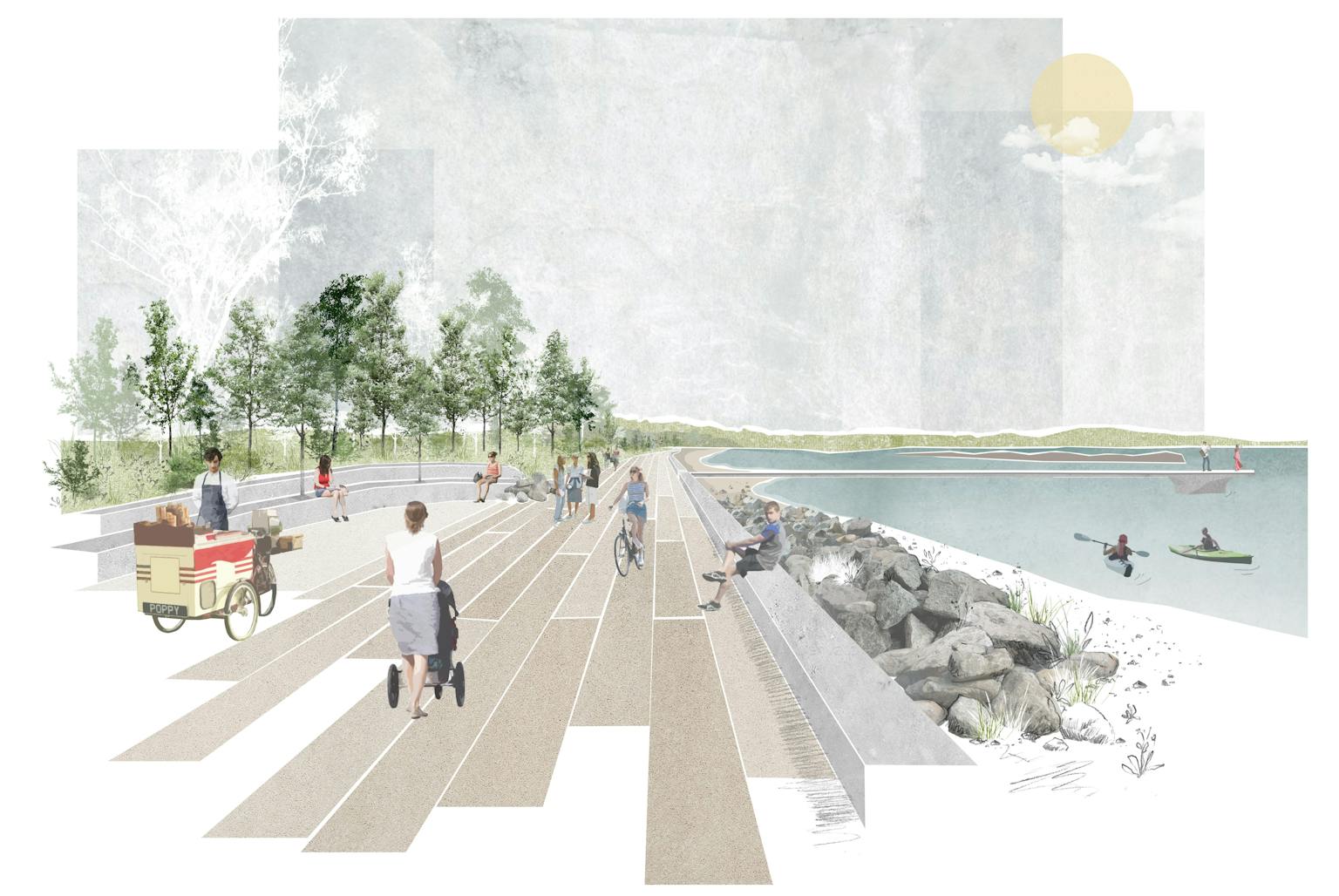
Granton Waterfront Development Framework
About the project
Edinburgh City Council (ECC) appointed LUC to provide Landscape Design and Ecology support to the Development Framework for Granton Waterfront in Edinburgh, Scotland.
Granton Waterfront is three miles north of Edinburgh’s city centre, situated on the banks of the Firth of Forth. The site comprises approximately 200 hectares of open green space and parkland to the west, and around 50 hectares of potentially developable land to the centre and east.
The Development Framework encourages low-carbon transport, active travel and sustainable development, supporting ECC’s commitment to achieving net-zero carbon by 2030. It aims to contribute to the wider regeneration of Edinburgh’s waterfront, stimulating surrounding neighbourhoods by fostering a vibrant and welcoming coastal community.
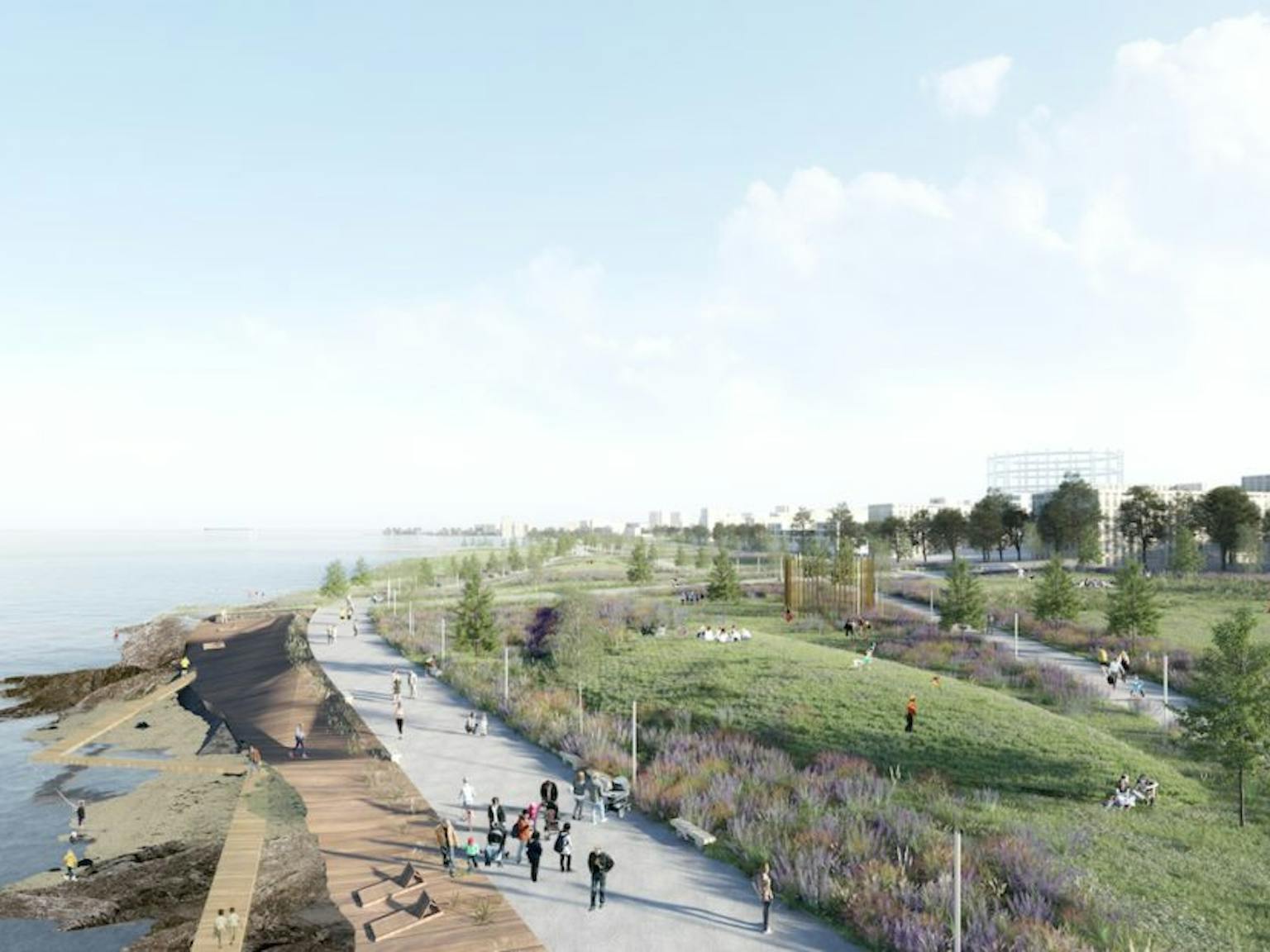
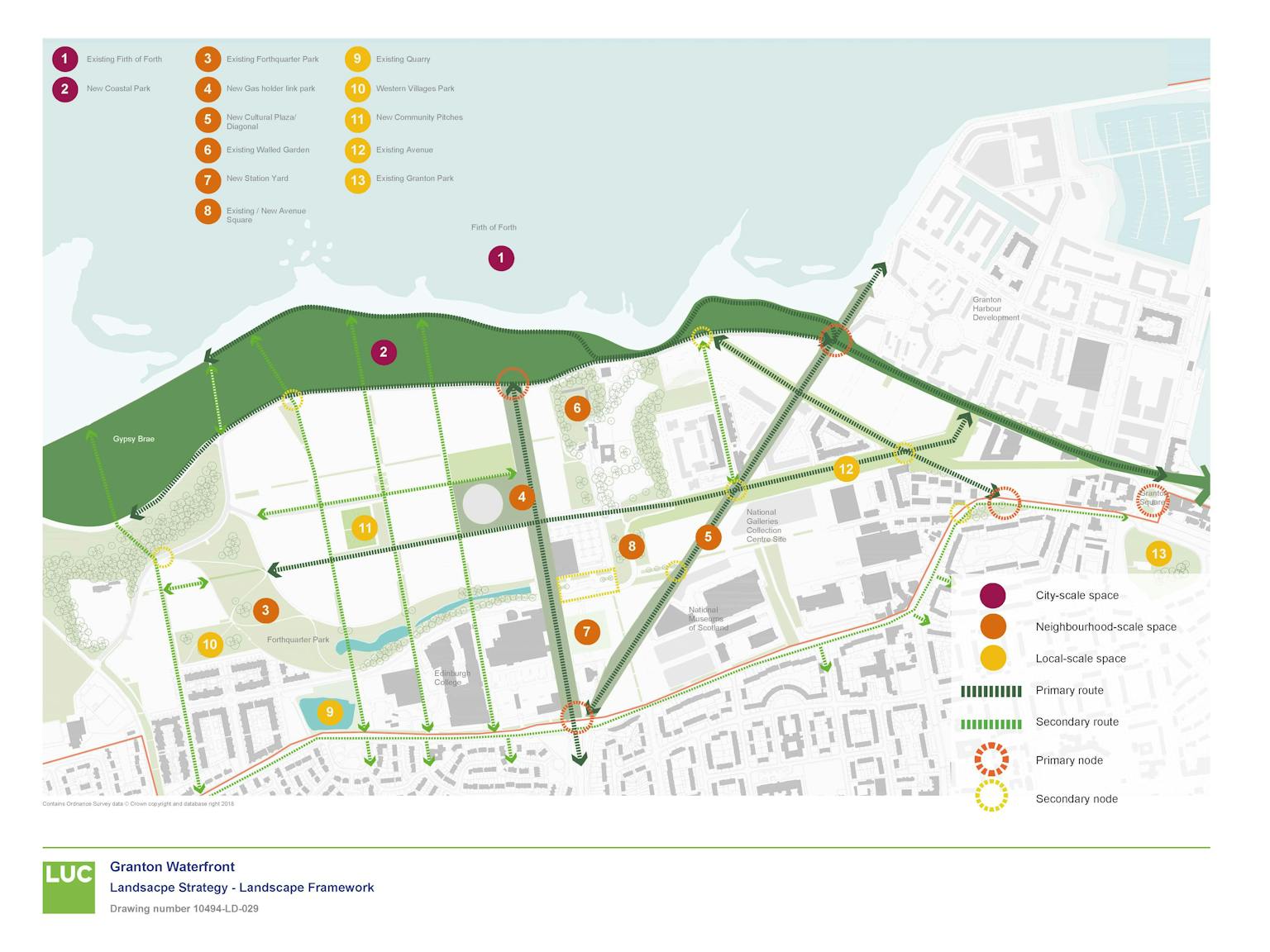
Urban design services
We produced a Landscape and Public Realm Strategy which put forth our methodology for delivering a new waterfront community. Our objective was to facilitate a safe, connected, welcoming, and affordable space, which supports diversity and inclusion and creates a strong sense of ownership. We conducted a Place Appraisal, identified Strategic Opportunities and Constraints, and provided Design Guidance.
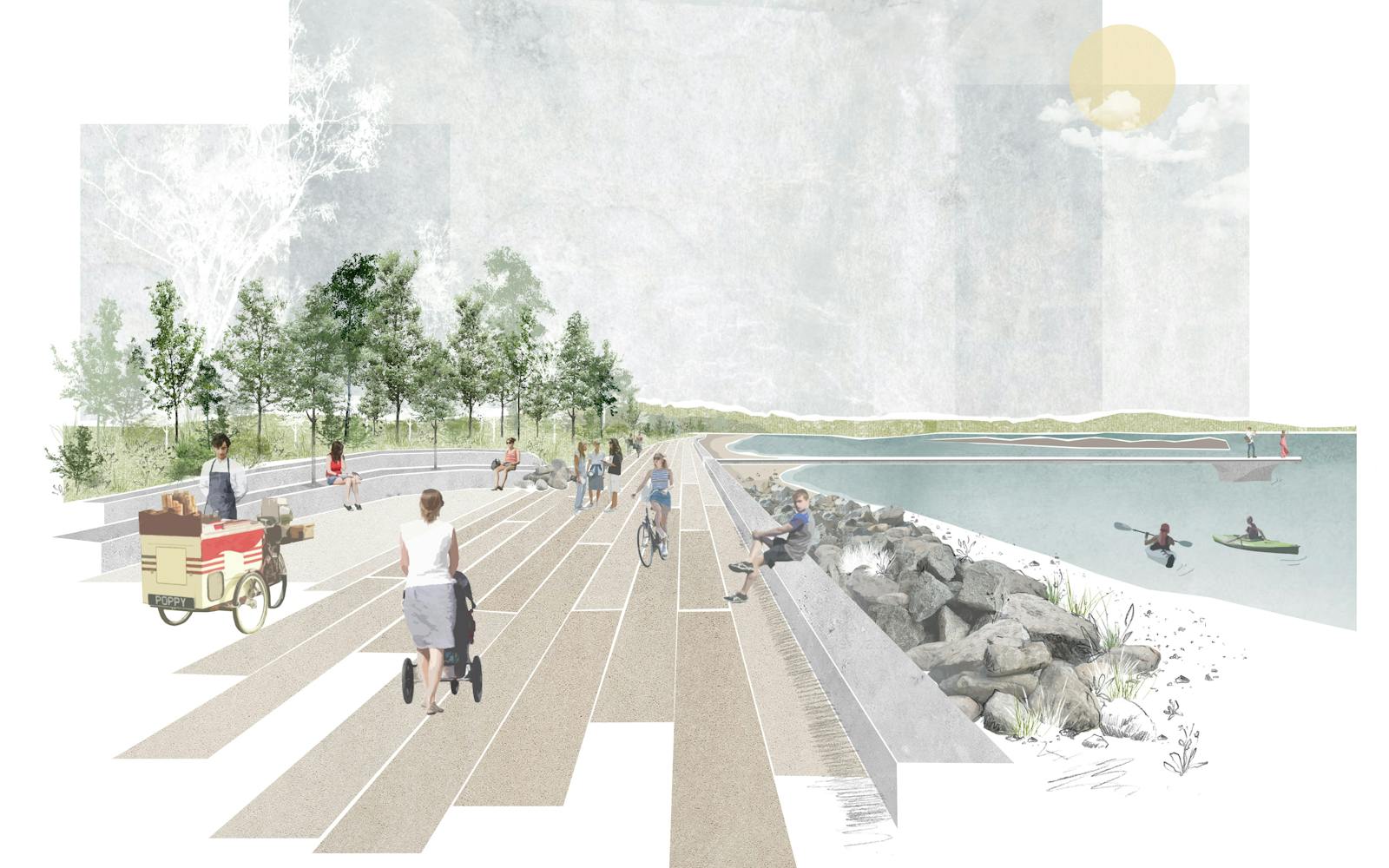
Ecological services
We then undertook a Habitat Regulations Assessment (HRA) for the Development Framework. The site is located immediately adjacent to the Firth of Forth Special Protection Area (SPA); an area of international importance to bird communities.
Our HRA considered the ecological effects of future development, including disturbance effects, barriers to species’ movement, loss of habitat, and pollution. We proposed mitigation measures, including the preparation of a Construction Environment Management Plan (CEMP), a Lighting Strategy, and the appointment of an Ornithological Clerk of Works (OCoW).
The HRA was particularly unusual in that it sought to identify potential effects arising from development that will take place over many years, brought forward through separate planning applications. By identifying potential effects, and mitigation measures, at this early stage, it was possible to set development parameters that would negate the need for each future application to be subject to HRA.


